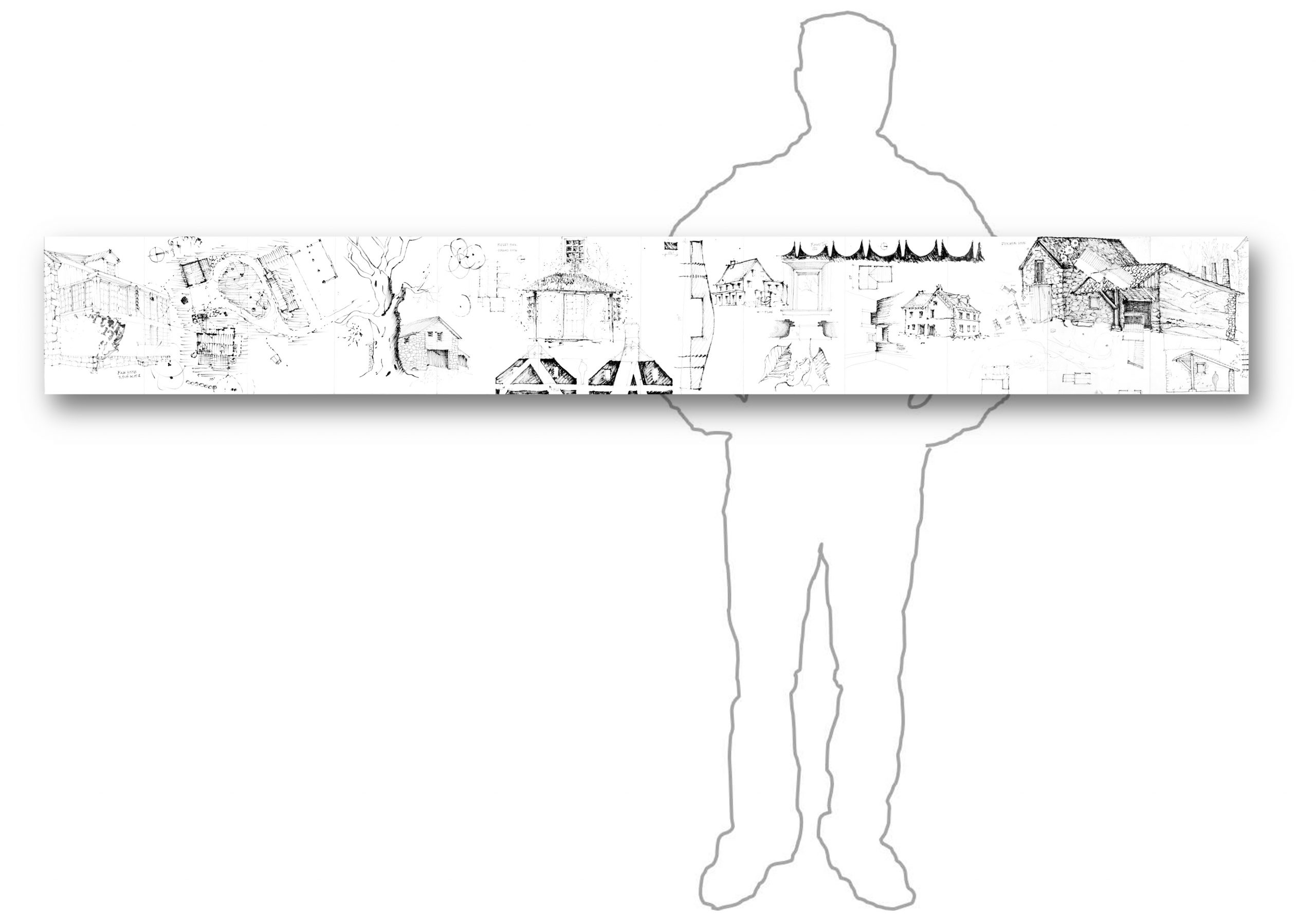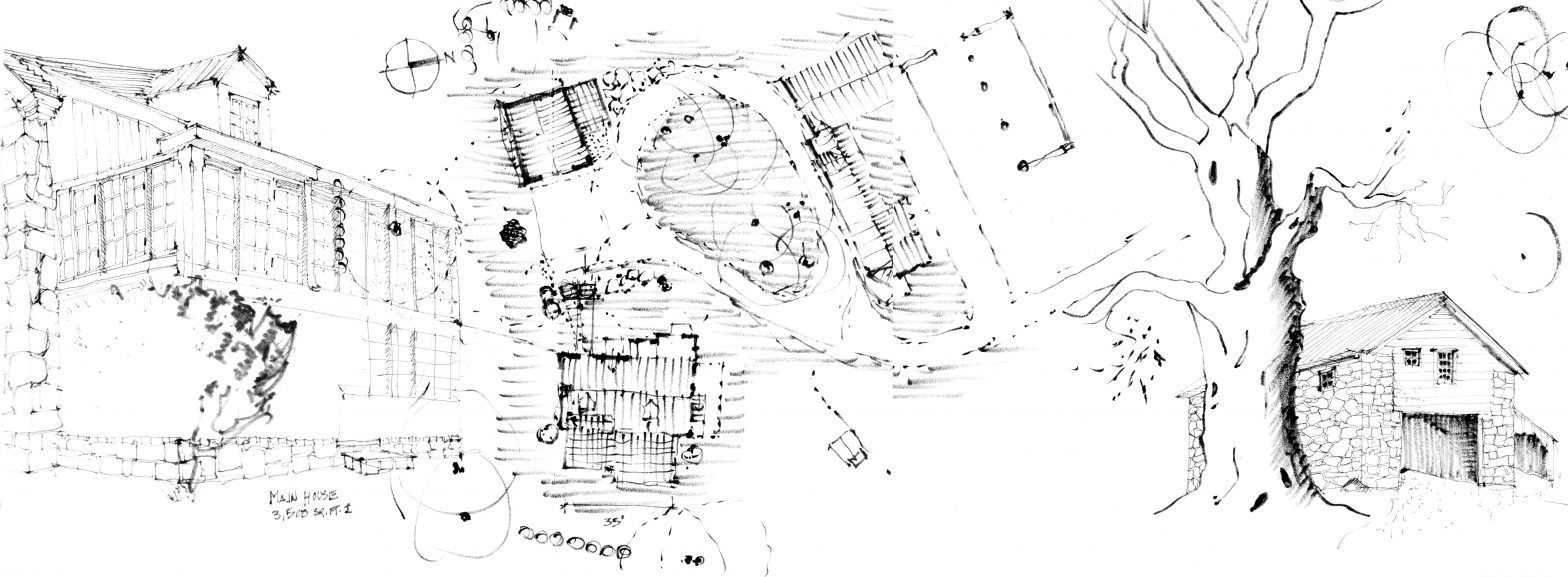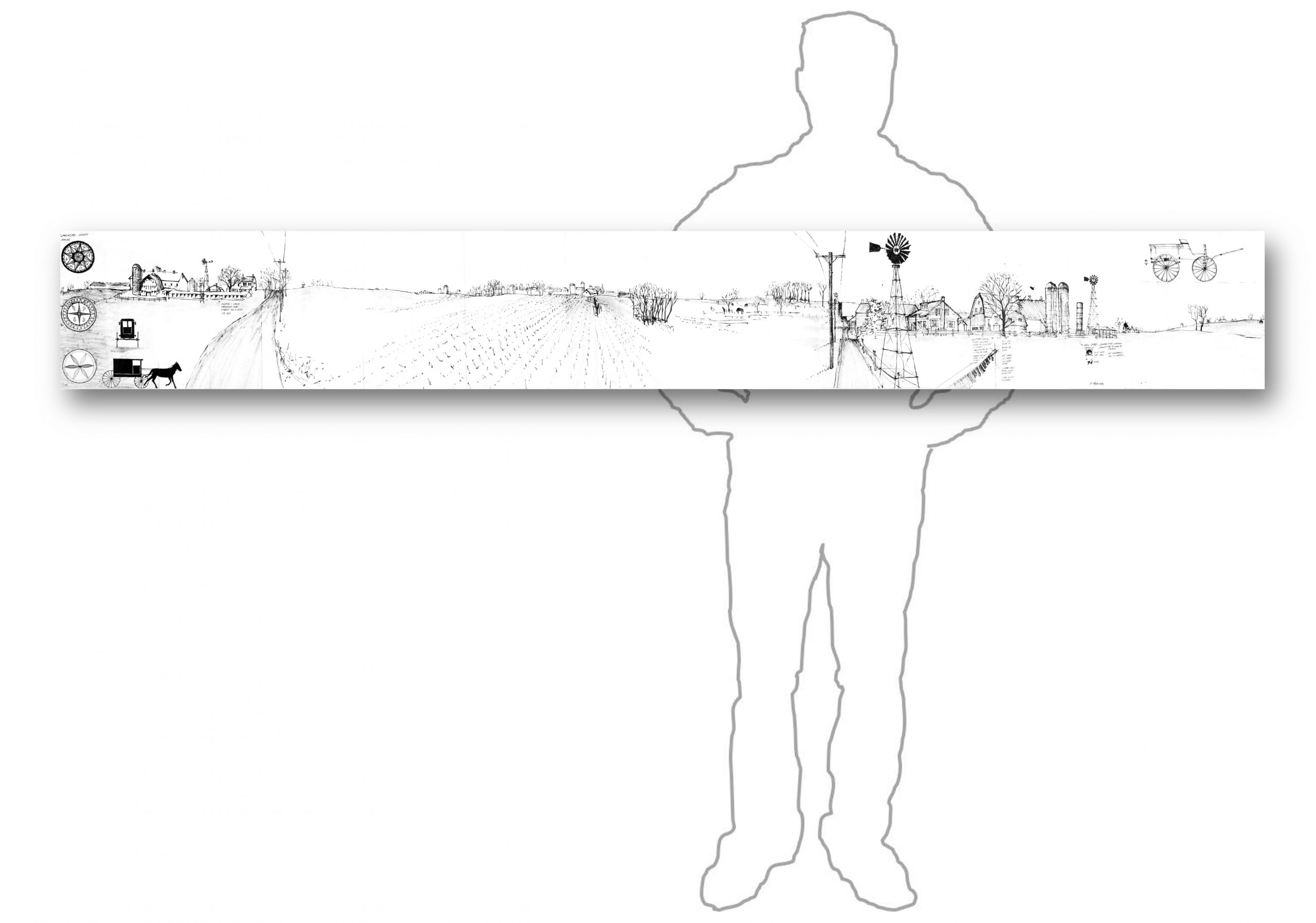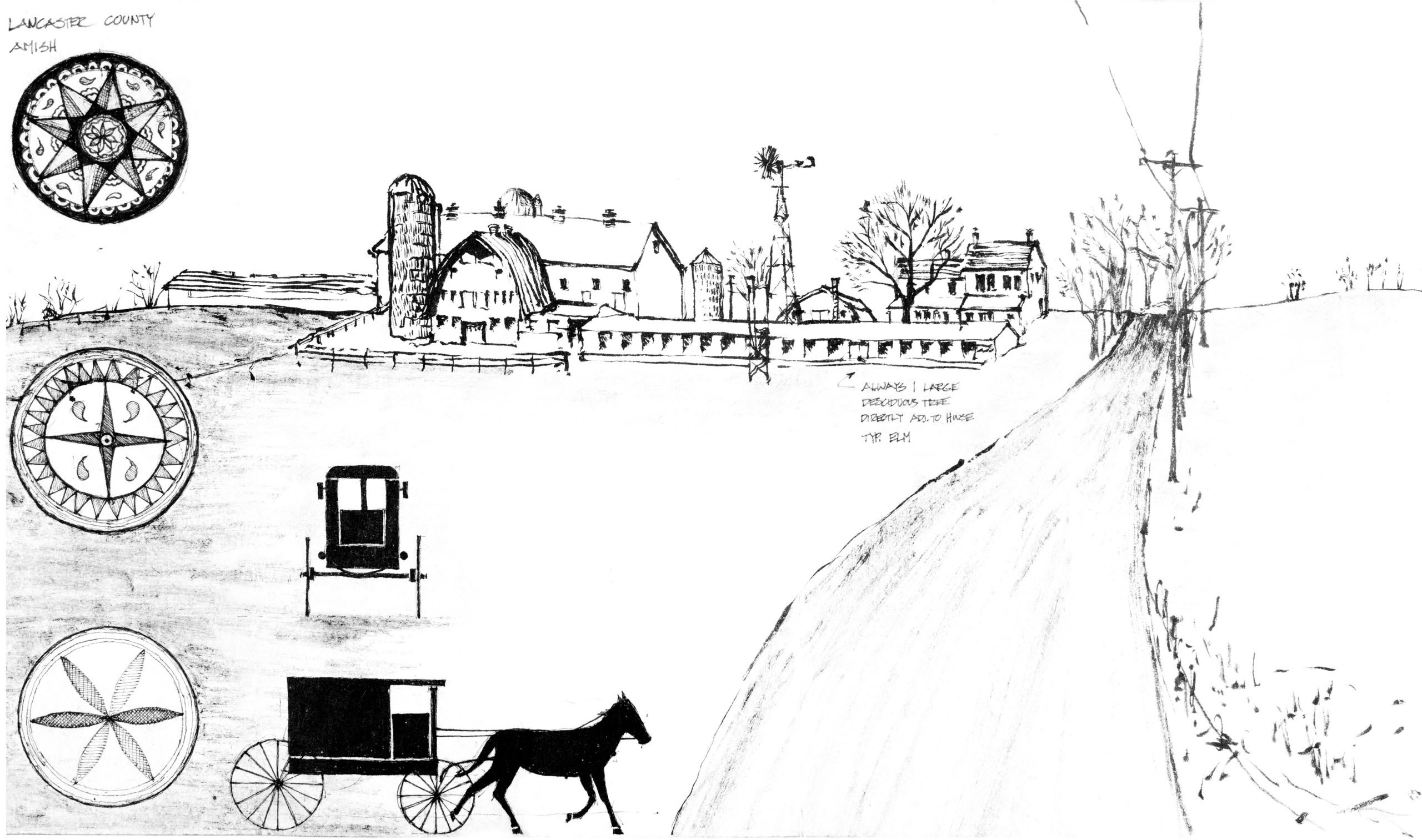7.31.USA-8-detail-a solarium Highlights Relevant to Sustainable Design:
Look into solariums for clean air and energy savings.
While northern light is excellent for indirect illumination, southern exposed glass is one critical way to naturally bring heat into a house. Often builders today buy plans and then rotate them around a subdivision to accommodate cul-de-sacs, jogs in the road, or orientation to the street. This Knots Landing syndrome is a total disregard for solar orientation and a disservice to the unwary homeowner. The solarium shown here faces southwest to get the maximum exposure during the peak of midday and the afternoon. The builder of this nineteenth-century farmhouse did not have to go to architecture school to learn which way to orient the house.
Solariums are typically great places to grow plants, which help improve air quality. Vegetables also thrive in well-lit areas, and you can reduce heating costs by opening up the doors from a solarium to help passively heat your home. For maximum advantage, tile or stone floors soak up the heat, retain it, and radiate it out into the room. For more information, see the “Sustainable Smart House” chapter in part 3, “Commercial Impact.” Make sure to close the doors between the solarium and the main house after the sun goes down in the winter. Plus, to prevent undesirable heat gain in the summer, make sure that the wall between the solarium and the home is adequately insulated. In the evenings, as the outside air cools, you can open the doors to benefit from cross ventilation if the solarium windows are operable. Naturally, it helps to have a large deciduous tree on the southern side of the solarium to shade the summer sun but let the desirable winter sun in to help heat your home. This operation of a home is what I call “active inhabitation,” and it is like operating a sailboat where you need to keep an eye on the weather around you.
7.30.USA-8-Horizontal-with-Figure
The figure outline in this image is for scale to illustrate the size of the fold-out field drawing. The descriptions of certain key elements and insights are included with the accompanying drawings in this section.

Author and illustrator: Charlie Szoradi is an architect, inventor, and the CEO of Independence LED Lighting. He writes about many other topics related to solarium design through his extensive travels around the world.
If you have found this posting online, it is an excerpt from Mr. Szoradi’s book Learn from Looking that served as the inspiring seed content for this drawing share resource. For additional drawings and insights on solarium and other energy saving architectural design elements, we hope that you enjoy exploring LearnfromLooking.com. You can search via general terms such as sustainability as well as narrower terms such as solarium and cross ventilation.



